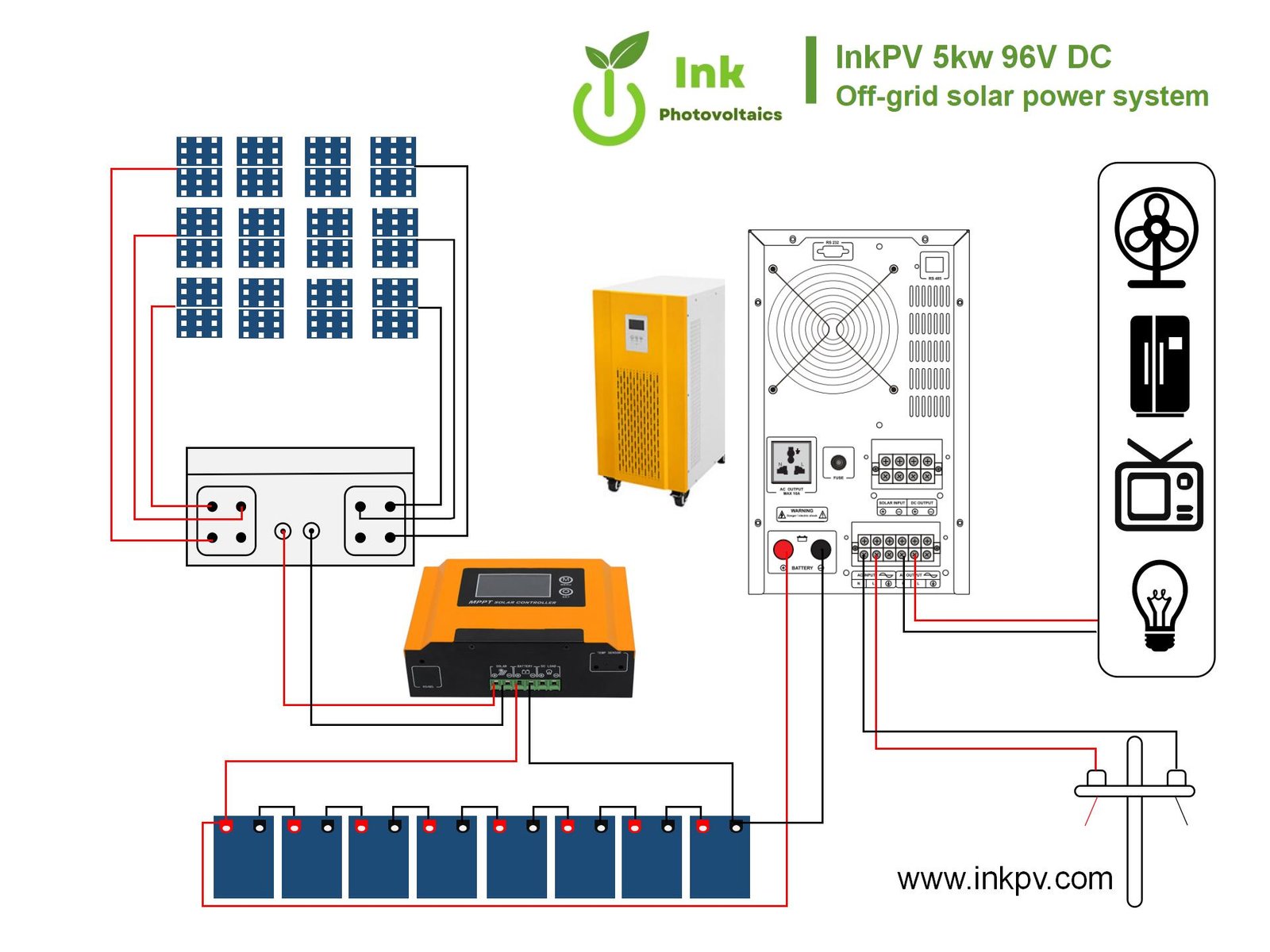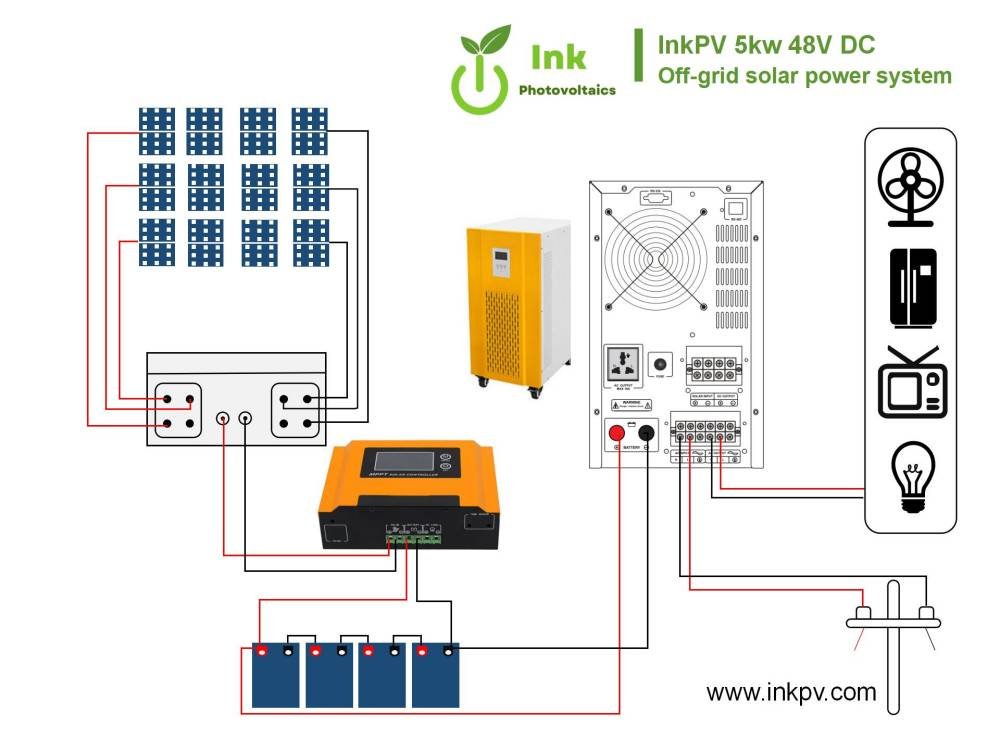How much power you need to store in the batteries
A big consideration is how much power you need to store in the batteries.
This is combined with the restriction of how many parallel strings you can use without negatively affecting your battery bank.
Most experts recommend no more than two parallel strings, some even say you should only do one, or some will be scratchingly, say that three is all right in the pinch. The reason is that the more parallel strings you wire, the more likely you are to have an uneven charging and discharging. Even a slight difference in voltage between the strings can result in a shorter lifespan for the batteries.
Now that we figured out how much power use a day from step 1.
We need to know how many days we plan on running our equipment off the battery bank. If there is no sun to recharge it, called days of autonomy. This is a delicate balance because the more days we select the bigger and more expensive the battery bank gets.
But we don't want to go too small either, because we don't want to run out of power unless we drain the batteries, the longer the battery bank will live. This is where the generator I mentioned can come in handy.
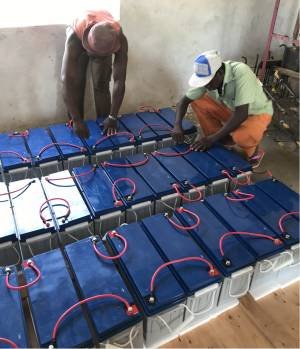
For example, you can pick 3 days of autonomy and plan on using the journey to charge up the battery bank. If you need a day four depth of discharge or dod is how far you drain the battery down.
Let us a deep cycle battery that is made for renewable energy systems can be drained down pretty low. But the less you drain it, the longer will live.
You often hear people say you can drain a deep cycle battery down to 50 %. That's true. But if you do, it will last half as long as if you drained it to only 20 %, each battery will have a depth of discharge chart.

You can see here that if you drain this battery down to 50 % using half its power, you can get about 1,500 cycles. What 1,500 days if you do that every day?
That's just over 4 years. But if you only drain it down to 20 %, you can get 3,400 cycles. That's over 9 years. That sounds great, except you have to remember that requires a bigger bank to use a smaller percentage.
You have to balance the upfront cost of the system with how often you need to replace the batteries. You may also hear the term state of charge or SOC. That is percentage of how full the batteries are.
It's the inverse of dod so battery that is 30 % depth of discharge is at 70 % state of charge. Batteries are rated at 77 ℃ or 25 ℃.
When the temperature gets colder than 77 °, the amp, our capacity decreases, but the lifespan increases. When a battery is hotter than 77, the capacity increases, but the lifespan decreases.
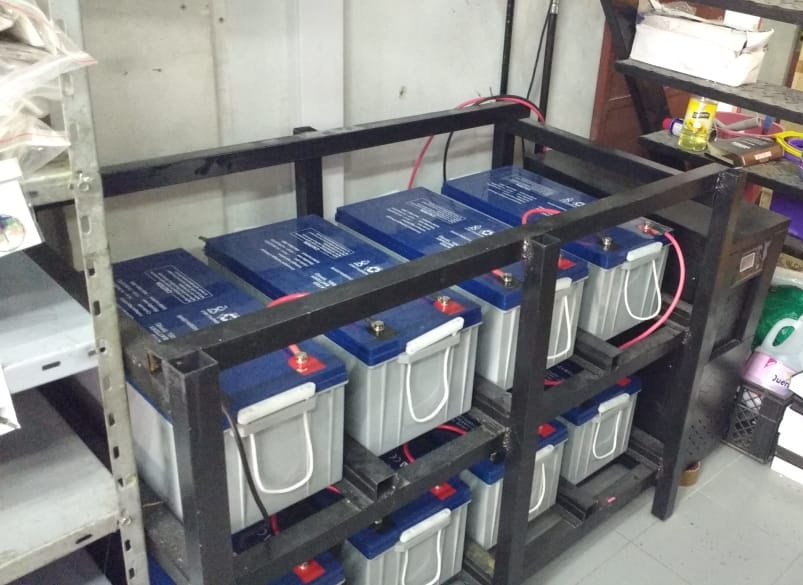
Now that we know the variables.
Let's do some math to figure out what size battery bank we need from our loads list. You remember the loads?
Don't you? We're using 21, 9021 hours a day, but only 21, 40 81 hours was ac. We'll divide it by the efficiency of the inverter we use, let's say, 92 % to make up for lost power used by the inverter.
Then we enter our DC loads of 4041 hours. This gives us 23, 70 91 hours.
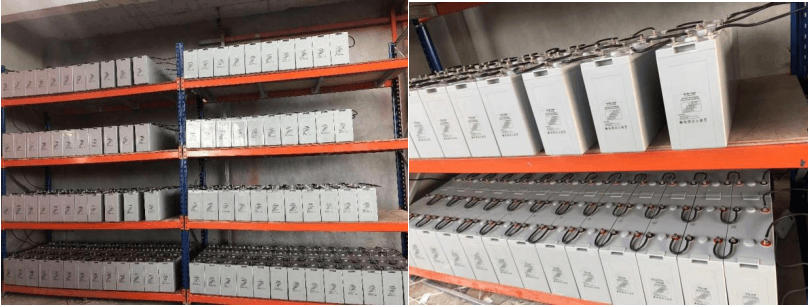
Next step, we multiply that twenty three seventy nine one hours by the 3 days of autonomy, the temperature compensation, I'm gonna be storing it in a 50 ° room. So I used 1 . 19. We'll divide that by . 5 for 50 % depth of discharge.
Now notice we're using 50 % depth of discharge, but that's after a 3 days of autonomy. So I can run my loads for 3 days with no solar recharging the batteries.
And after those 3 days, i'll have used half of my rated capacity of my battery bank that should give me plenty of stored power and a long battery life. This gives me 16,900 hour battery bank needed.
Then I divide this number by the vote to the battery bank, we picked 48 volts. I get a result of 354 empire battery bank needed.
We're almost there. We take our 354 and hours, and divided by the maximum number of strings we want to use. I'll go with two.
This says that I need two strings of at least 170 78 hour batteries. Let's pick some batteries that will fit the bill. And mkaagc two battery is rated at six folds, 198 hours. We can use that one.


